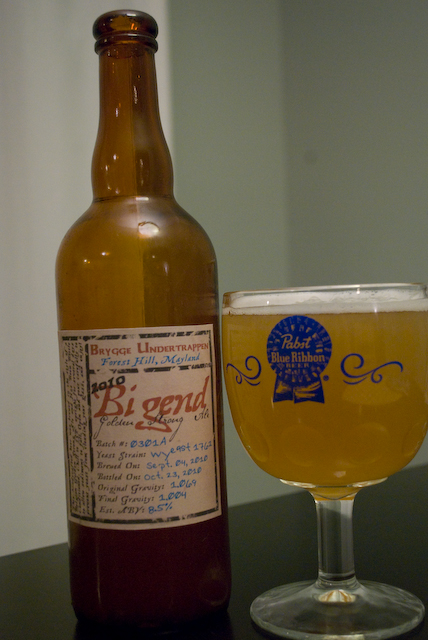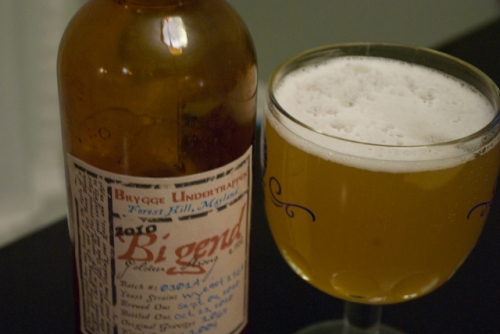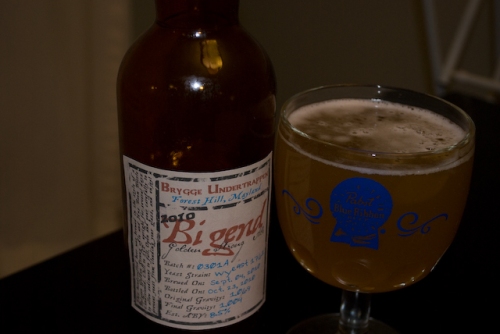JetSmooth
Well-Known Member
Yesterday was the day to bottle batch 0301, or as I’m presently calling it “Bigend Golden Strong”. After seven paitent weeks (!!!) in the fermenters, collecting and cleaning any Belgian bottle I could get my hands on, and sparingly sampling for gravity and maturity, it was time to put ‘er in the bottles for ANOTHER paitent conditioning phase.
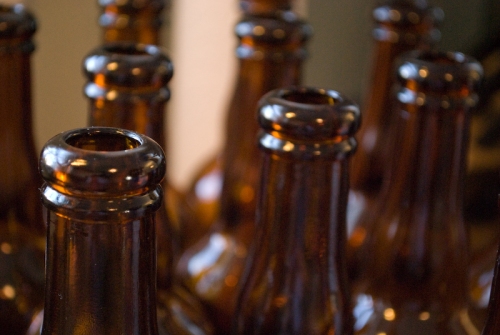
After personally consuming some four or five Belgian beers, I realized there was no way my liver could sustain a pace fast enough to allow for the 30 – 4o bottles I would need to contain the eight gallons of beer. I found someone on Craigslist selling 12 new bottles and a pack of corks for $25, which is just under the going rate (and less shipping since I had them picked up by a friend in D.C.). Another friend saved a few bottles for me. But the big break was discovering Meridian Pint in the Columbia Heights neighborhood of Washington. Just a short Metro ride from the office, I found out they saved their bottles for local homebrewers in a program they call “Bombers for Brewers”. What fortune! In two trips, I netted about 40 bottles. Sure they were nasty and needed to be de-labeled and cleaned. But to save the cash, I was in. Several nights in an Oxyclean soak, many rinses,and a scrub in the sink and they call came out as good as new.
I set the two corny kegs out on the back porch a few days before bottling as we’re in the crisp, near-frost weather of October. Three nights in the low 40′s and days only in the 60′s and I considered the beer “crash-cooled”. I didn’t use any other finings like gelatin, so we’ll see how these clear up in the bottles. I figure the extra yeast will be good for bottle conditioning anyhow.
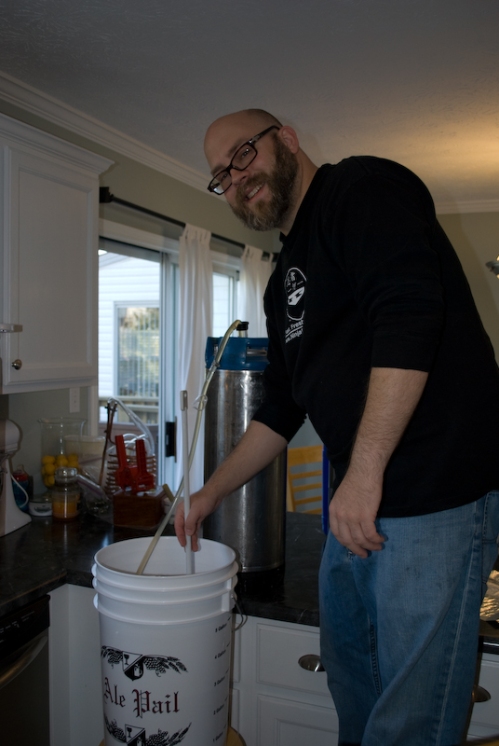
The first order of business (aside from pulling the gear from under the stairs and mixing up some fresh Star San) was boiling the priming sugar in a quart of water, allowing to cool a little, and then racking on top of it from the corny kegs. Photo looks a little awkward, but I wanted to make sure I wasn’t dipping into the yeast cake on the bottom of the fermenter with the auto-siphon. I didn’t really need to worry about it too much with the first batch. Wyeast 1762 Belgian Abbey II is a flocculating monster! That was a really tight yeast cake! The 1388, Belgian Strong Ale was a little looser and I did suck up a little bit. But it was minor in the long-run. Swirled ever-so gently with a sanitized mash paddle to ensure a good, even mix.
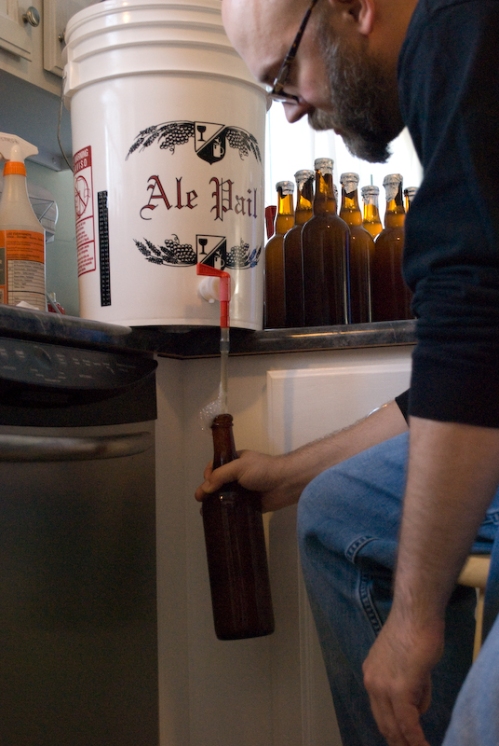
Since y’all are reading a homebrew post, I’m going to assume you know the rest of how to fill bottles. The fun part came with the corks and cages.
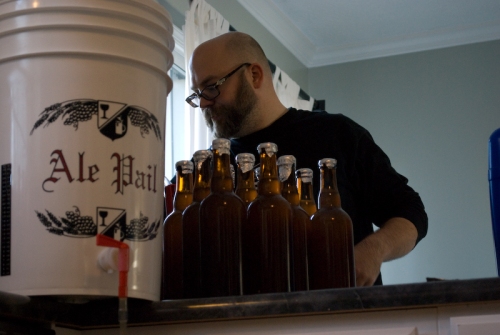
One tip I will mention is I spritzed some aluminum foil with Star San and tore off little pieces to cover the filled bottled to minimize any floating infectoids while I set up the Colonna capper/corker. Speaking of the capper/corker. I need to send a huge “thank you” to Dan at beerandstuff.com for the loan of the Colonna. When I embarked on this Belgian, I didn’t realize what I was getting myself in for with the bottling. I commented on Dan’s post about corking his Belgian and he generously offered to help with the loan. There’s a bottle with your name on it, buddy!
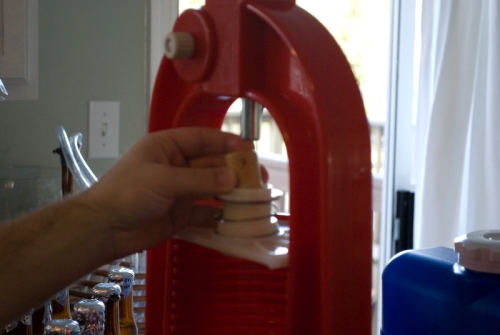
Prior to doing the filling bit, I fiddled with the capper to determine the best way to get consistency in my corking. Dan was smart and had marked the setting with a sharpie (genius!), but I needed to figure out how far to pull the handle down to lave the cork out 5/8 of an inch. Many online articles mention using a cut-down and drilled out stopper. I didn’t have that, but I realized pulling the handle down until my fingers were pinched in the works stopped the cork at just the right point. Don’t ask me how I discovered that. Anyhow, the cork goes in.
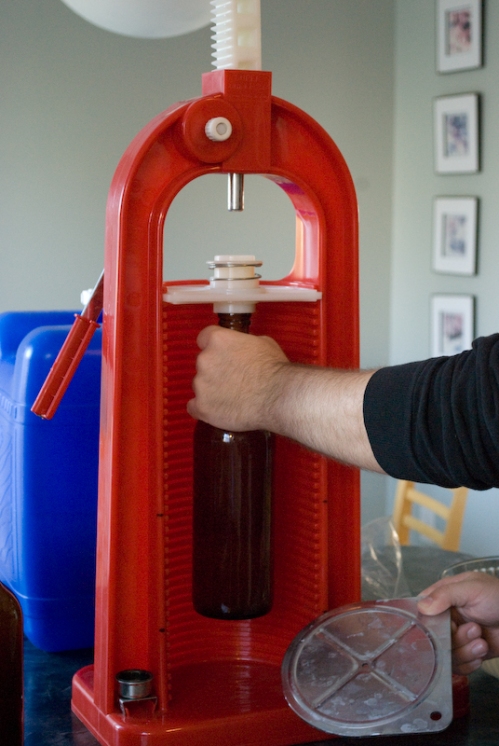
Next, the plate has to be removed. This is because there is still about 5/8 inch of cork in the compressing funnel at the top. To get the bottle out, it needs to be pushed all the way down.


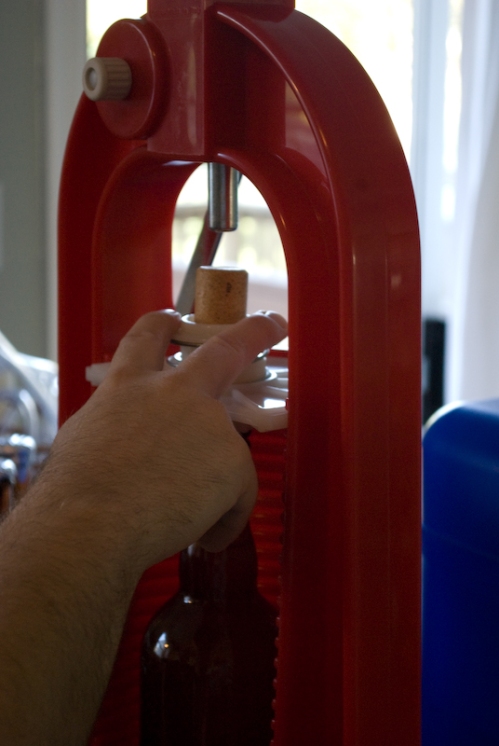
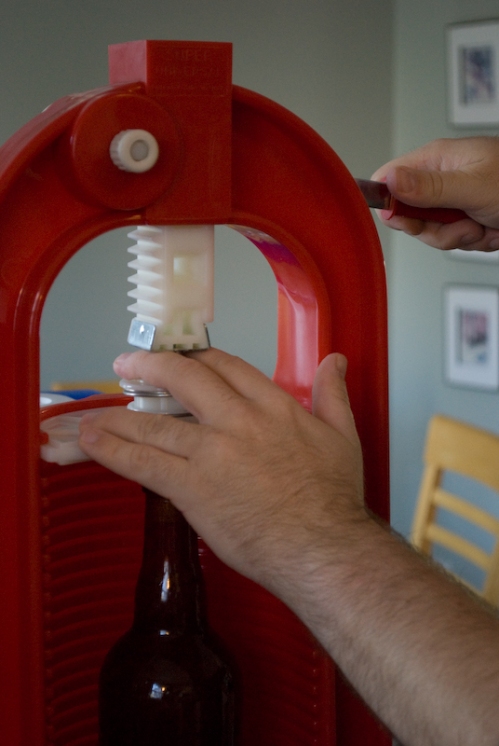
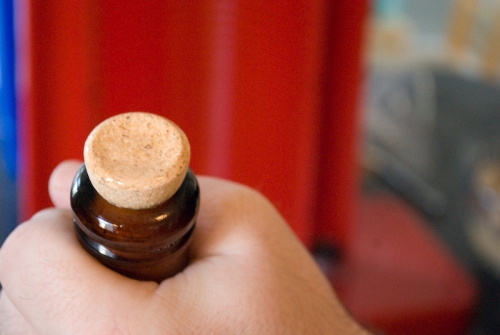
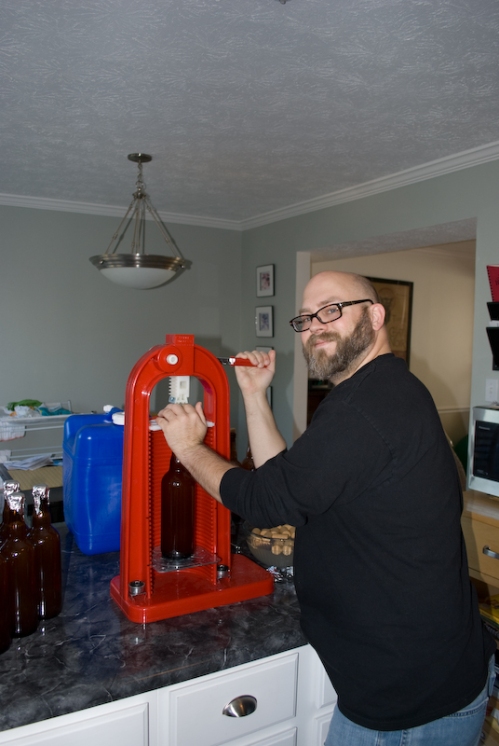
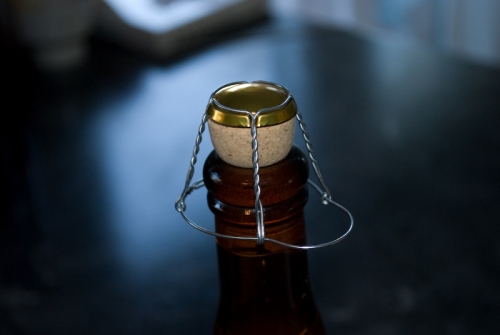
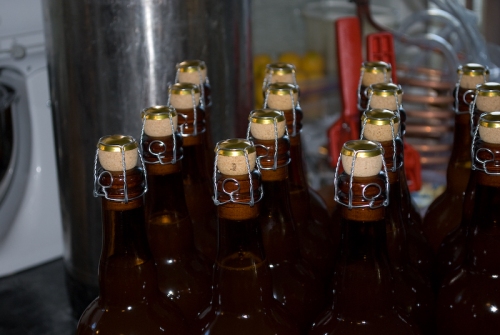
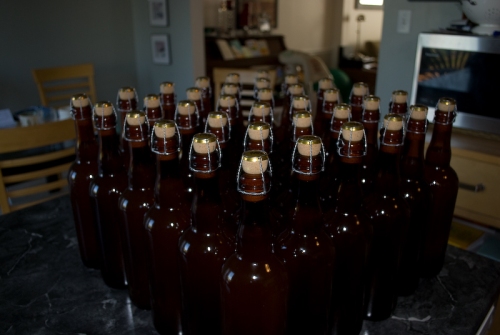
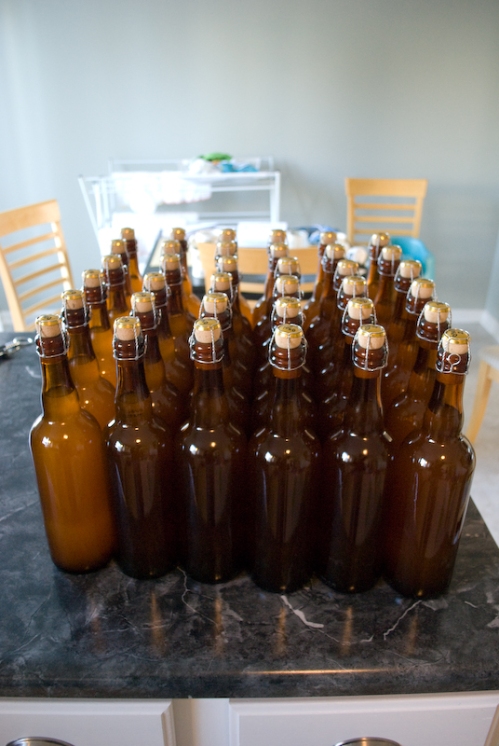








































![Craft A Brew - Safale S-04 Dry Yeast - Fermentis - English Ale Dry Yeast - For English and American Ales and Hard Apple Ciders - Ingredients for Home Brewing - Beer Making Supplies - [1 Pack]](https://m.media-amazon.com/images/I/41fVGNh6JfL._SL500_.jpg)















